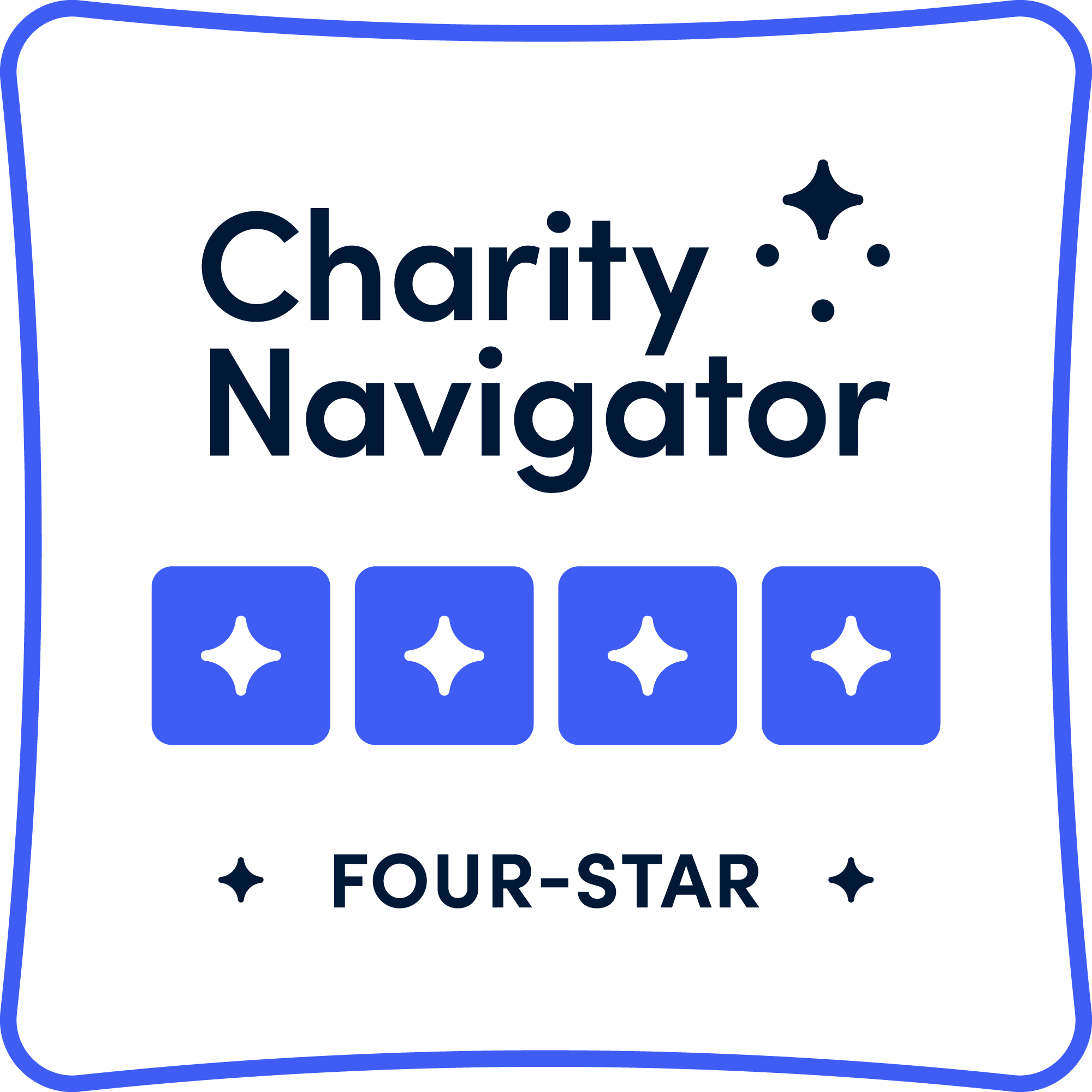Let’s be honest. Many times we have students who know more about a topic than we do or who are experts in something we know little about (anime, anyone?). We also have students who are deeply passionate about current causes or social issues like immigration, Black Lives Matter, LGBTQ+, or global warming. As teachers, you aim to increase student engagement and empower students, guiding them to good learning experiences where they can express and develop their student voice. This involves not only imparting knowledge but also fostering critical thinking, self-awareness, and emotional skills.
If you’re a teacher whose students are passionate about climate change—whether they’re sharing tips to reduce carbon footprints, checking the recycling number on the bottom of plastic containers, or exhibiting anxiety over current weather extremes—this blog will help you guide your passionate young people to meaningful resources, helping them to learn, process, and channel their feelings about climate change. It's about enabling student empowerment through active decision-making and self-directed learning.
I’ll briefly discuss each of the seven resources and explain how they can help teachers engage and empower passionate learners. As a classroom teacher, I’ll also share my ideas for quick practical activities and larger project-based learning activities that your students can engage in with any of your lessons or units.































